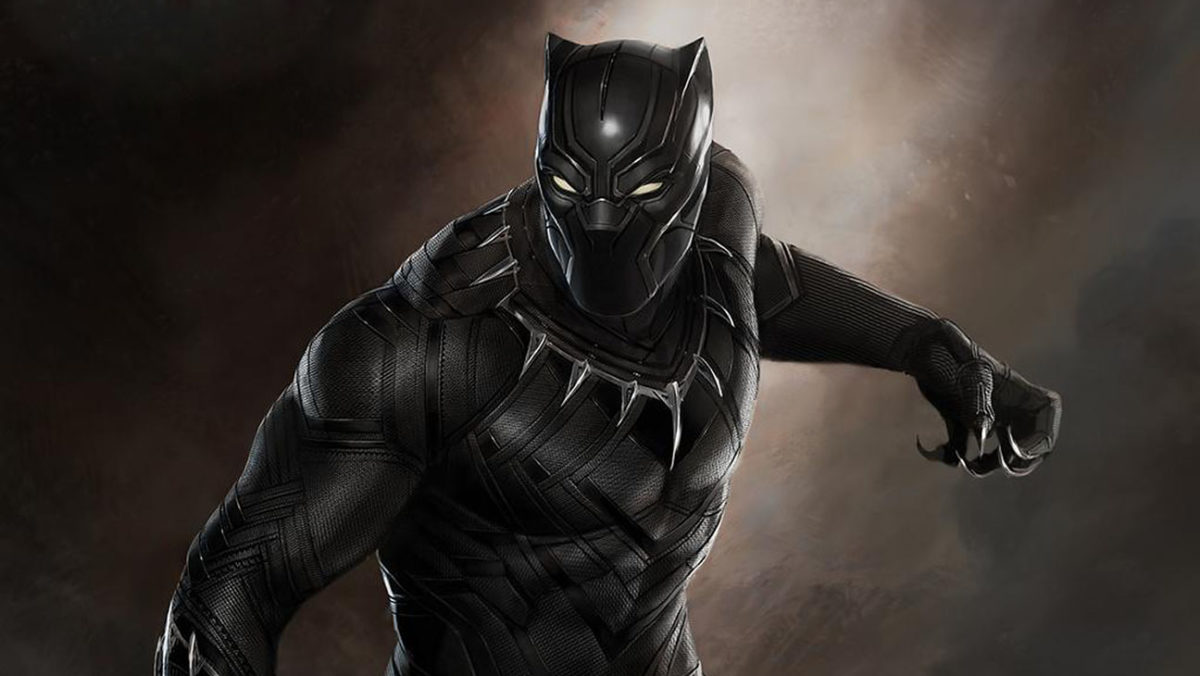For ten years the design firm Perception has created the tech and gadgets in Marvel films, bringing what is virtually unimaginable to reality.

Perception also serves as an innovation consultant for brands: helping Visa envision transactions of the future in advertisements, collaborating with IBM on its AI platform Watson, or prototyping the home entertainment of tomorrow for Comcast.
In the movie universe, Marvel Studio’s go-to team has created title sequences and the technological interfaces and gadgets films like Iron Man 2, Captain America: Civil War, and Thor: Ragnarok.
Their latest project is Black Panther, the eighteenth film in the Marvel Cinematic Universe (MCU). In the superhero film, T’Challa played by Chadwick Boseman returns home as the king of Wakanda but finds his sovereignty challenged by a long-time adversary, in a conflict with global consequences.
The film is set in Wakanda, a fictional African nation where it’s technology 200 years ahead of our time. The comic book mythology of the country describes a meteorite made up of the sound-absorbing element vibranium crashing into Wakanda. The fictional metal is the natural resource that powers the nation and connects Black Panther’s bullet-proof, kinetic suit.
Perception Chief Creative Director John LePore worked with Marvel on a new technological paradigm: “The idea was to have small shavings of vibranium— like dust or sand that would morph or reassemble into various three-dimensional shapes and forms, all by being actuated by sound waves,” says LePore.
“The vibranium sand has a great physical quality to it, which works really well with the blend of technology and spirituality seen in Wakanda. We also considered the sense of touch that we’ve lost with touchscreens or holograms to be a holy grail for interaction.”
The vibranium sand appears in many forms throughout the film—as a tactical table in the Royal Talon Jet, in a laboratory sequence and as a communications device.
Marvel’s dream team faced a challenging task bringing believability; keeping things grounded in reality despite the fact Wakanda is a sci-fi country. The brainstorming began in 2016, with the goal to create a technological landscape that would surpass anything from Tony Stark/Iron Man, the Marvel universe’s tech genius.
Bringing the world’s most technologically advanced country to life; the creative team were precise about grounding what they conceptualise for the film in nascent technology that exists.
“Every time we begin this process, we look for the personality of the tech— how does it relate to the personas and characters, and how does it fit into the cultural landscape of the story,” notes partner and co-founder of Perception Jeremy Lasky.
“The country of Wakanda is so unique and vibrant from anything we’ve seen before, and has its own distinct history to pull from when creating a unique timeline of technological evolution.”
For all of its projects with Marvel, Lasky and his team scoured through research from MIT Media Lab, Carnegie Mellon, and the University of Tokyo.
Knowing that the substance mostly functions in absorbing sound, Perception dove headfirst into technology like sonic weapons, echolocation, cymatics, mid-air haptics, and ferrofluid.
Even when working with a fictional story, Perception treats its creations like IRL UX. Authenticity is key to keeping audiences engaged–and why Marvel continues to work with Perception at such a high level.
Lasky states, “It’s been an amazing collaboration with Ryan Coogler, Kevin Feige, Louis D’Esposito, Victoria Alonso, Nate Moore, Geoffrey Baumann, Lisa Beroud, Nancy Valle and Jessica Wilson-Silas bringing these ideas to life, and we’re honored to have had the opportunity to work on a canvas like this that allowed for so many exciting ideas.”






